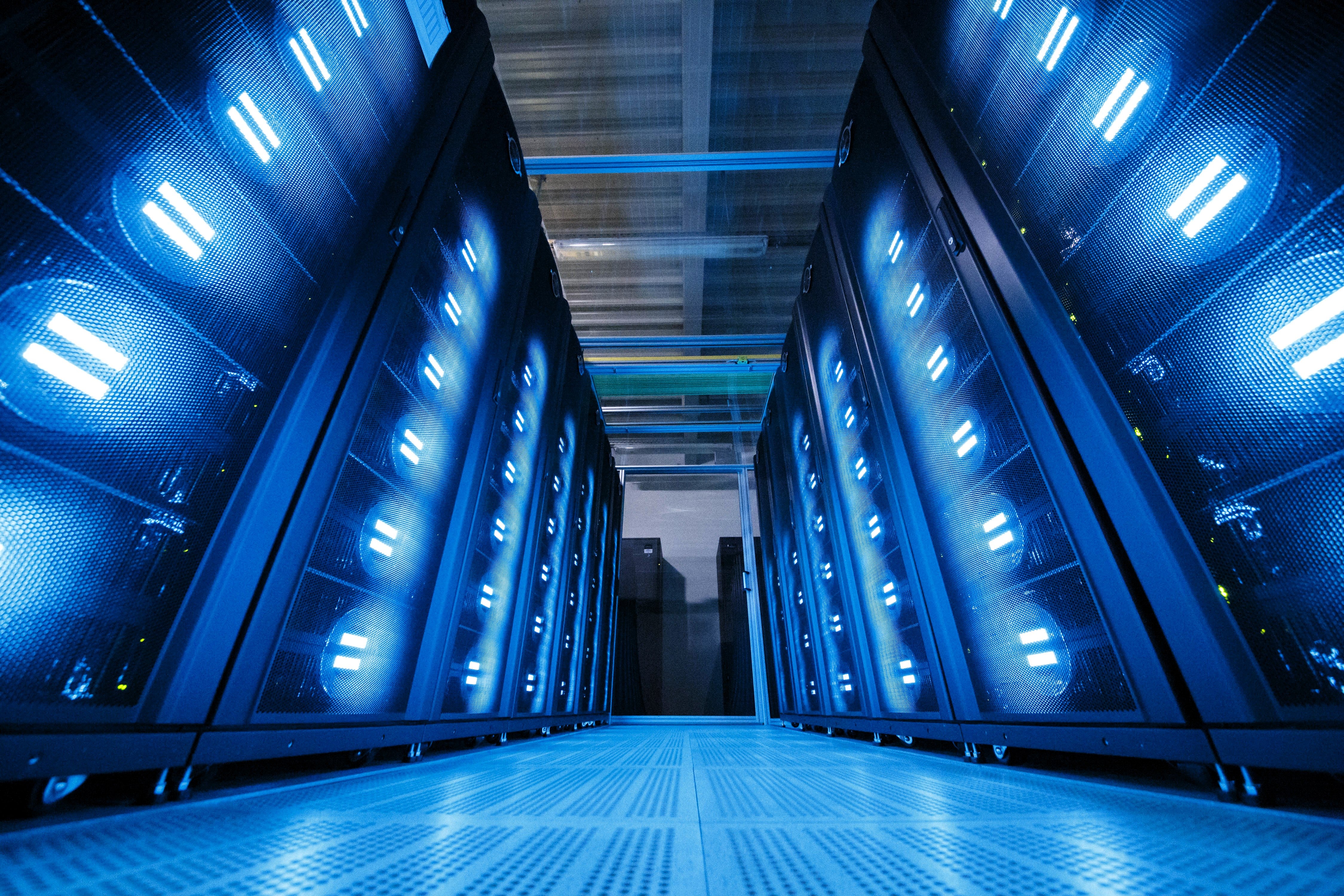THIS JUST HAPPENED: Elon Musk Is Building the World’s Most Powerful Supercomputer—And It’s About to Change Everything
One million chips. One vision. And a machine so powerful, it could rewrite what it means to think.
While the world was busy arguing over AI ethics, regulation, and ChatGPT, Elon Musk was quietly building something bigger. Much bigger. Now, the veil is lifting—revealing a project so ambitious, so unprecedented, that even his harshest critics are starting to hold their breath.
It’s called Colossus 2. And according to insiders, it won’t just be the most powerful supercomputer on Earth—it will be the brain of the future.

The Dawn of Artificial General Intelligence
At the heart of this project is xAI, Musk’s AI venture launched to challenge what he views as the ideological conformity and safetyism of existing AI labs. While others play it cautious, Musk is going full throttle, aiming not just to replicate human intelligence—but to surpass it.
Colossus 2 will be powered by 1 million NVIDIA GPUs—yes, you read that right. A million. By comparison, some of the world’s top supercomputers run on just a few thousand.
If completed, this machine would dwarf everything that came before it. It’s not just powerful—it’s practically sentient, in scale and design.
“We are building the computing backbone for AGI,” Musk reportedly told investors. “And we’re doing it faster than anyone thought possible.”
Colossus 1 Was Just the Beginning
XAI’s current data center, Colossus 1, is already a global leader in AI training capability. The models it supports are growing exponentially, and its infrastructure has drawn attention from analysts who believe it could position xAI as the most valuable AI company in the world—faster than OpenAI or Anthropic ever did.
But Colossus 2?
It’s a generational leap.
Powering the Beast—Literally
What most people don’t understand is that running 1 million GPUs requires more than just money and ambition. It requires energy—lots of it.
So Musk is doing what only Musk can do: building his own power infrastructure.
Just outside Memphis, XAI is constructing the largest Tesla Megapack site in the U.S., housing over 900 units capable of storing 3,600 megawatt hours of energy—enough to power 1 million GPUs for at least four hours at peak demand.
That’s not just a backup plan. That’s a custom-built energy grid for the age of intelligence.
And in a stroke of genius, this massive site won’t just serve AI—it will stabilize the local power grid for thousands of Memphis residents, further entrenching Musk’s technology into the American energy landscape.

$6 Billion and Counting
Colossus 2 is not cheap. And Musk knows it.
That’s why xAI just raised $6 billion in one of the largest private funding rounds in tech history. The money is already flowing into data center expansion, chip procurement, and property acquisition near energy infrastructure sites.
Sources say more fundraising is on the way. But with Tesla, SpaceX, and Starlink’s network of resources behind him, Musk has more than just cash—he has leverage.
From Homes to Cabs: The Tesla Ecosystem Expands
But Musk’s vision isn’t just about AI. It’s about building an interconnected, intelligent future.
In Texas, Tesla Homes—complete with solar roofs, Powerwalls, and fully electric infrastructure—are selling out despite their high price tags. And in a state long ruled by oil and gas, the shift to clean, autonomous living is happening faster than anyone expected.
“People want independence,” a Tesla rep said. “From energy, from the grid, from legacy systems. And Elon is giving them exactly that.”
Meanwhile, at the Texas Gigafactory, the future of transportation is rolling off the line.
The Rise of the Cyber Cab
Tesla is now in full-scale production of the Cyber Cab—an autonomous vehicle designed not just for individuals, but for fleets.
The company is targeting 2 million units annually, with a design built around new compact Gigapress castings that reduce weight, boost efficiency, and enable lower manufacturing costs.
Inside sources confirm five fully autonomous Cyber Cabs are already being tested in and around the Gigafactory, hinting at a possible public reveal before year’s end.
And while Tesla insists the first version will serve fleet operators, rumors persist of a smaller consumer variant—the long-awaited Tesla economy car—designed to bring autonomous tech to the average driver.
The Bigger Picture: AGI, Infrastructure, and a Post-Human World
If Colossus 2 works—if Musk and xAI succeed—this isn’t just another step forward.
It’s a quantum leap.
Artificial General Intelligence would mean machines that can reason, create, innovate—and improve themselves. It would mean everything from personalized medicine to predictive governance to hyper-efficient energy distribution.
But it also means risk.
It means rewriting the rules.
It means putting more faith in silicon than we’ve ever put in humans.
Critics Warn—But Musk Doesn’t Flinch
There are those who warn Musk is moving too fast. That Colossus 2, if unregulated, could bring unforeseen consequences. That AGI needs to be controlled.
Musk’s response?
“The most dangerous AI is the one built in secret. We’re building ours in the open.”
It’s a bold, almost reckless mantra—but one that’s resonating with engineers, investors, and visionaries alike.
Final Words: One Man’s Machine. Everyone’s Future.
Elon Musk is not just building a computer.
He’s building a new brain for civilization.
A system powerful enough to run the next generation of transportation, energy, medicine, and governance.
He’s building Colossus 2.
And in doing so, he may be building the last invention humanity ever needs to make.
Because after that, the machines will take it from there.
And all we can do now… is watch. And wonder. And prepare.




